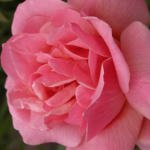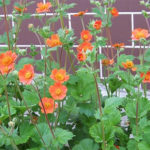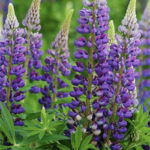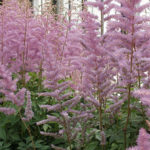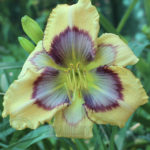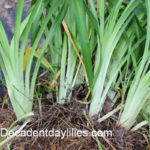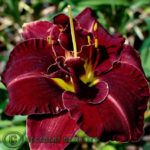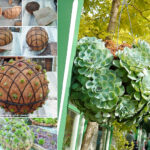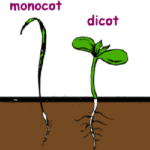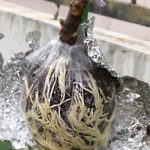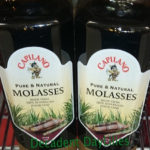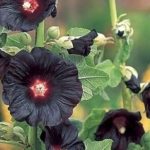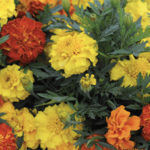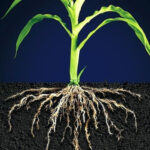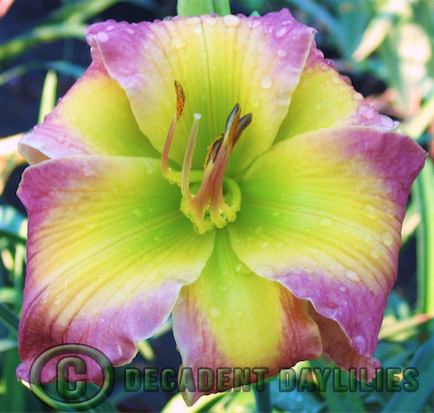
Are Daylilies Monoecious Plants?
What is a Monoecious?
 Daylilies are considered as monoecious plants. Here are some of the most important things and details that you definitely need to know about daylilies being a monoecious plants.
Daylilies are considered as monoecious plants. Here are some of the most important things and details that you definitely need to know about daylilies being a monoecious plants.
The term monoecious comes from the words “monos” which means one and “ecos” which means home. Monoecious are defined as plant species wherein every individual plant has female and male reproductive units. Individual plants that bear the flowers of both male and female reproductive units at the same time are known as synchronously monoecious while the individual plants that bear flowers of male and female reproductive units one at a time are known as consecutively monoecious. Monoecious plants specifically bear both the egg and the sperm right on the same gametophyte. These plants are entirely different from the dioecious plants which have gametophytes that only produce only one between the sperm or the eggs.
One of the most common examples of monoecious plants is the daylilies. Monoecious plants are often known to be wind pollinated.
In monoecious plants, the male flowers are actually capable of fertilising the other female flowers. Aside from this, they also have the special ability of cross pollinating with the other plants in their area. If you closely observe the male and female flowers, for example in daylilies, you can definitely notice their difference. The female flowers generally develop ova for fertilisation while the male flowers create the pollen for their distribution.
Examples of Monoecious Plants
One of the best examples of monoecious plants is the daylilies which are also known as Hemerocallis. The other name of the Daylilies which is the Hemerocallis comes from the Greek word “Hemero” which means “One Day” and the word “Callis” which means “Beauty”. Aside from being used as beautiful ornaments to brighten up your home, the daylilies are also considered as edible. Most parts of the daylilies can be eaten from the roots up to the flower buds. You can use the various edible parts of the daylilies to make your very own salad or to add up unique flavours to your main dishes.
Daylilies, as monoecious plants, have both male and female reproductive units which they use to produce both kinds of flowers. Each flower of the daylily plant actually has six various stamens for the male pollen and just a single stigma for the female pollen.
Aside from the daylilies, there are a lot of other monoecious plants that you can consider. Some of the other monoecious plants include pine trees, birch trees and even most of the fig plant species. Also, corn and alders can also be considered as examples of monoecious plants.
These are some of the most important things that you definitely need to know about daylilies being a monoecious plant and their distinct difference from the dioecious plants.





